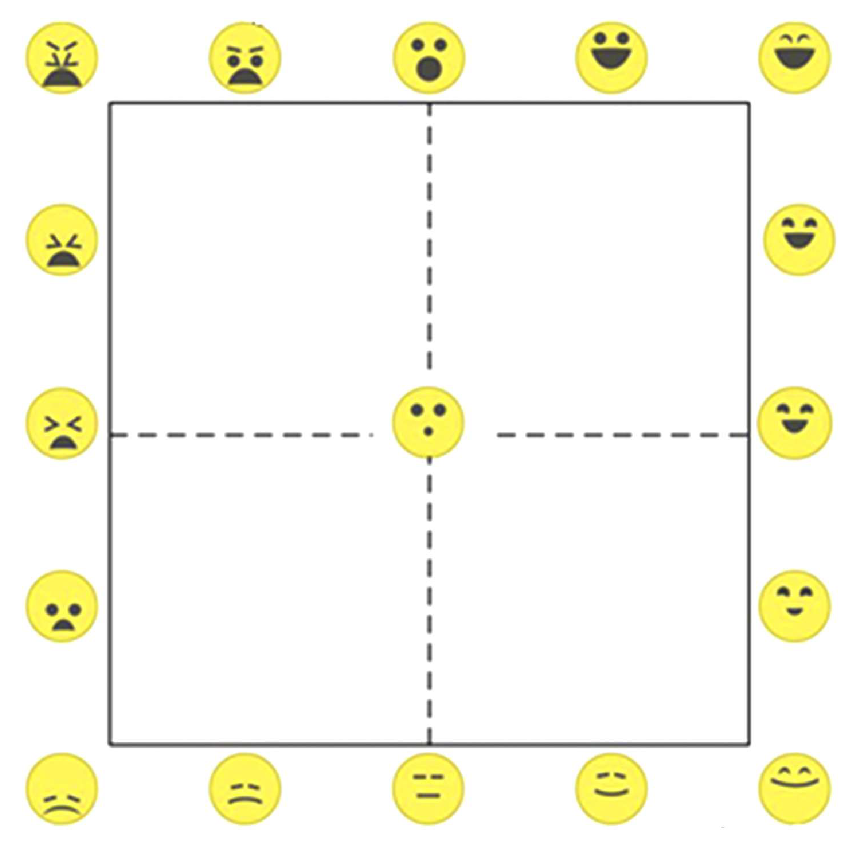Effects of Multisensory Contexts on Tofu and Soy Sauce Evaluation and Consumption †
Abstract
:1. Introduction
2. Materials and Methods
2.1. Participants
2.2. Materials, Design, and Procedure
2.3. Analysis
3. Results
3.1. Valence and Arousal in Soy Sauce and Tofu Evaluation
3.2. Amount of Tofu Consumed
3.3. Sensory Attributes of Tofu
4. Discussion
5. Conclusions
Author Contributions
Funding
Institutional Review Board Statement
Informed Consent Statement
Data Availability Statement
Conflicts of Interest
References
- Kantono, K.; Hamid, N.; Shepherd, D.; Lin, Y.H.T.; Skiredj, S.; Carr, B.T. Emotional and electrophysiological measures correlate to flavour perception in the presence of music. Physiol. Behav. 2019, 199, 154–164. [Google Scholar] [CrossRef] [PubMed]
- Xu, Y.; Hamid, N.; Shepherd, D.; Kantono, K.; Reay, S.; Martinez, G.; Spence, C. Background soundscapes influence the perception of ice-cream as indexed by electrophysiological measures. Food Res. Int. 2019, 125, 108564. [Google Scholar] [CrossRef] [PubMed]
- Piqueras-Fiszman, B.; Spence, C. The weight of the container influences expected satiety, perceived density, and subsequent expected fullness. Appetite 2012, 58, 559–562. [Google Scholar] [CrossRef] [PubMed]
- Biggs, L.; Juravle, G.; Spence, C. Haptic exploration of plateware alters the perceived texture and taste of food. Food Qual. Prefer. 2016, 50, 129–134. [Google Scholar] [CrossRef]
- Kim, S.E.; Lee, S.M.; Kim, K.O. Consumer acceptability of coffee as affected by situational conditions and involvement. Food Qual. Prefer. 2016, 52, 124–132. [Google Scholar] [CrossRef]
- Vanhatalo, S.; Liedes, H.; Pennanen, K. Nature Ambience in a Lunch Restaurant Has the Potential to Evoke Positive Emotions, Reduce Stress, and Support Healthy Food Choices and Sustainable Behavior: A Field Experiment among Finnish Customers. Foods 2022, 11, 964. [Google Scholar] [CrossRef] [PubMed]
- Hoppu, U.; Puputti, S.; Mattila, S.; Puurtinen, M.; Sandell, M. Food consumption and emotions at a salad lunch buffet in a multisensory environment. Foods 2020, 9, 1349. [Google Scholar] [CrossRef] [PubMed]
- Bschaden, A.; Mandarano, E.; Stroebele-Benschop, N. Effects of a documentary on consumer perception of the environmental impact of meat consumption. Br. Food J. 2020, 123, 177–189. [Google Scholar] [CrossRef]
- Sihvonen, J.; Luomala, H. Hear what I appreciate: Activation of consumption motives for healthier food choices across different value segments. Int. Rev. Retail. Distrib. Consum. Res. 2017, 27, 502–514. [Google Scholar] [CrossRef]
- Toet, A.; Kaneko, D.; Ushiama, S.; Hoving, S.; De Kruijf, I.; Brouwer, A.M.; Kallen, V.; Van Erp, J.B. EmojiGrid: A 2D pictorial scale for the assessment of food elicited emotions. Front. Psychol. 2018, 9, 2396. [Google Scholar] [CrossRef] [PubMed]
- Meiselman, H.L.; Johnson, J.L.; Reeve, W.; Crouch, J.E. Demonstrations of the influence of the eating environment on food acceptance. Appetite 2000, 35, 231–237. [Google Scholar] [CrossRef] [PubMed]
- Zandstra, E.H.; Lion, R.; Newson, R.S. Salt reduction: Moving from consumer awareness to action. Food Qual. Prefer. 2016, 48, 376–381. [Google Scholar] [CrossRef]





Disclaimer/Publisher’s Note: The statements, opinions and data contained in all publications are solely those of the individual author(s) and contributor(s) and not of MDPI and/or the editor(s). MDPI and/or the editor(s) disclaim responsibility for any injury to people or property resulting from any ideas, methods, instructions or products referred to in the content. |
© 2023 by the authors. Licensee MDPI, Basel, Switzerland. This article is an open access article distributed under the terms and conditions of the Creative Commons Attribution (CC BY) license (https://creativecommons.org/licenses/by/4.0/).
Share and Cite
Hiraguchi, H.; van der Burg, E.; Stuldreher, I.V.; Toet, A.; Velut, S.; Zandstra, E.H.; van Os, D.; Hogervorst, M.A.; van Erp, J.B.F.; Brouwer, A.-M. Effects of Multisensory Contexts on Tofu and Soy Sauce Evaluation and Consumption. Biol. Life Sci. Forum 2023, 26, 36. https://doi.org/10.3390/Foods2023-15059
Hiraguchi H, van der Burg E, Stuldreher IV, Toet A, Velut S, Zandstra EH, van Os D, Hogervorst MA, van Erp JBF, Brouwer A-M. Effects of Multisensory Contexts on Tofu and Soy Sauce Evaluation and Consumption. Biology and Life Sciences Forum. 2023; 26(1):36. https://doi.org/10.3390/Foods2023-15059
Chicago/Turabian StyleHiraguchi, Haruka, Erik van der Burg, Ivo V. Stuldreher, Alexander Toet, Sebastien Velut, Elizabeth H. Zandstra, Demi van Os, Maarten A. Hogervorst, Jan B. F. van Erp, and Anne-Marie Brouwer. 2023. "Effects of Multisensory Contexts on Tofu and Soy Sauce Evaluation and Consumption" Biology and Life Sciences Forum 26, no. 1: 36. https://doi.org/10.3390/Foods2023-15059
APA StyleHiraguchi, H., van der Burg, E., Stuldreher, I. V., Toet, A., Velut, S., Zandstra, E. H., van Os, D., Hogervorst, M. A., van Erp, J. B. F., & Brouwer, A.-M. (2023). Effects of Multisensory Contexts on Tofu and Soy Sauce Evaluation and Consumption. Biology and Life Sciences Forum, 26(1), 36. https://doi.org/10.3390/Foods2023-15059






